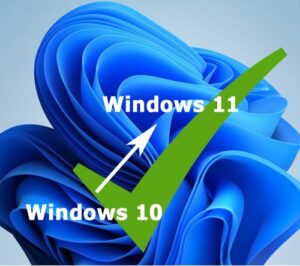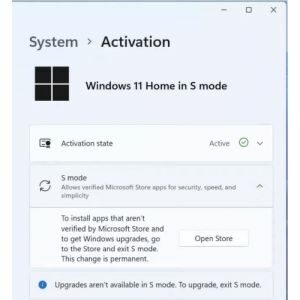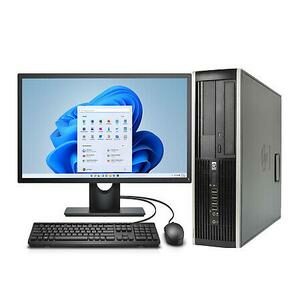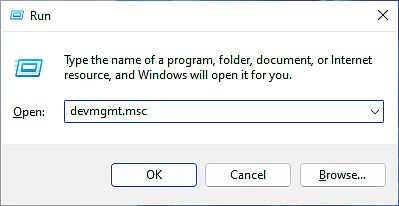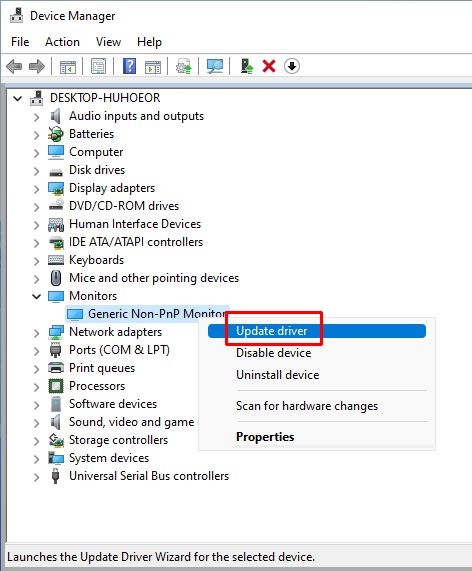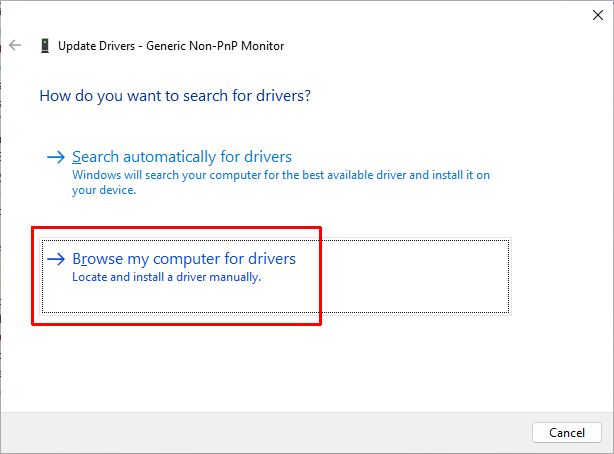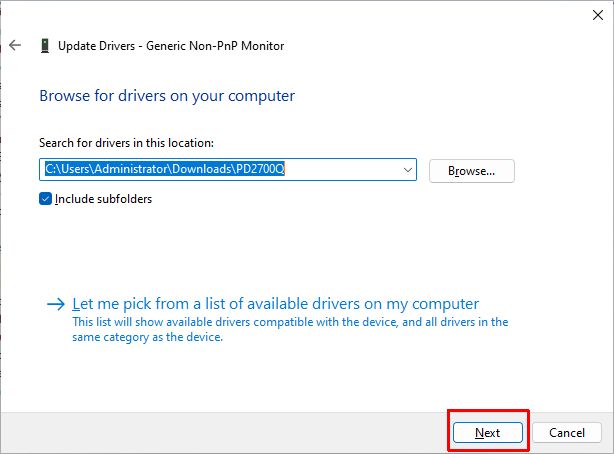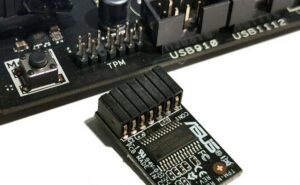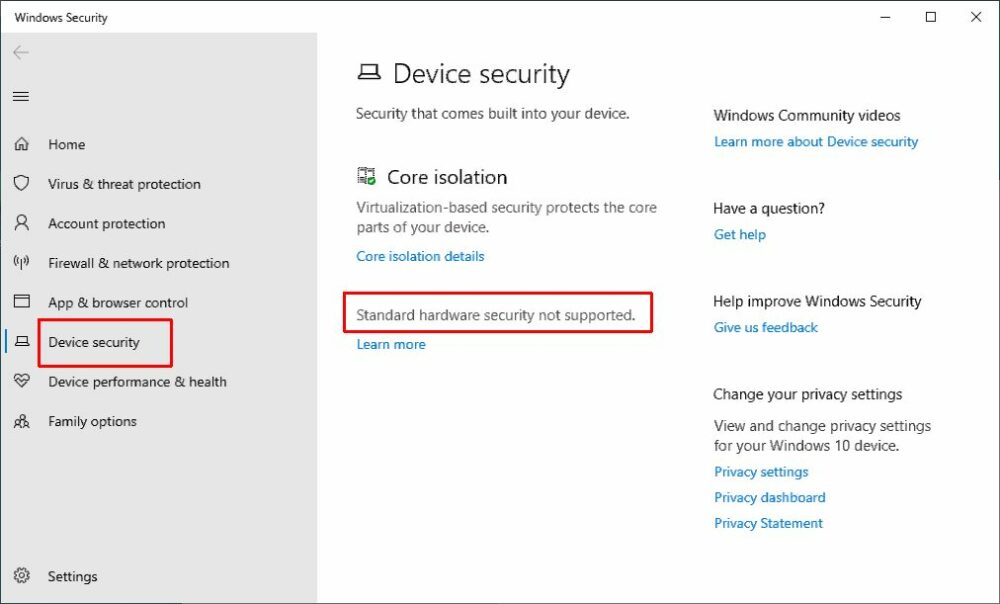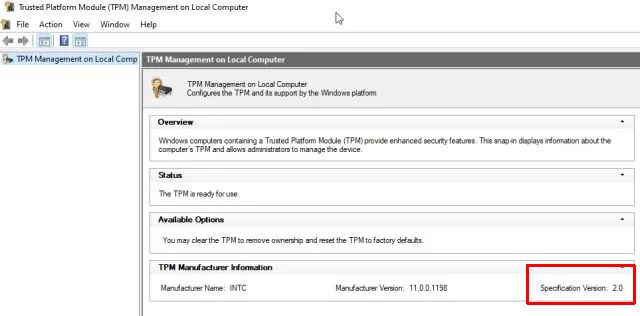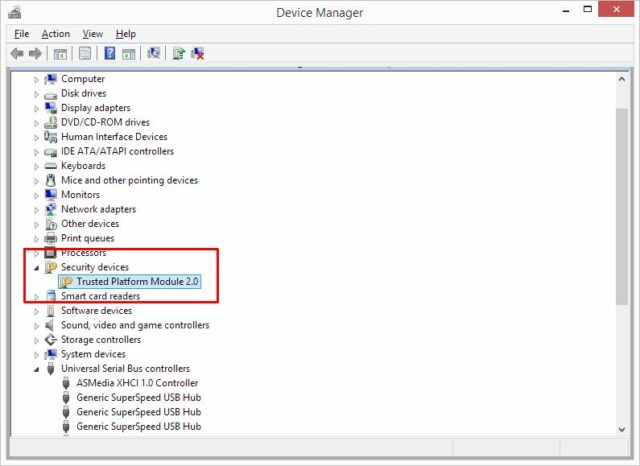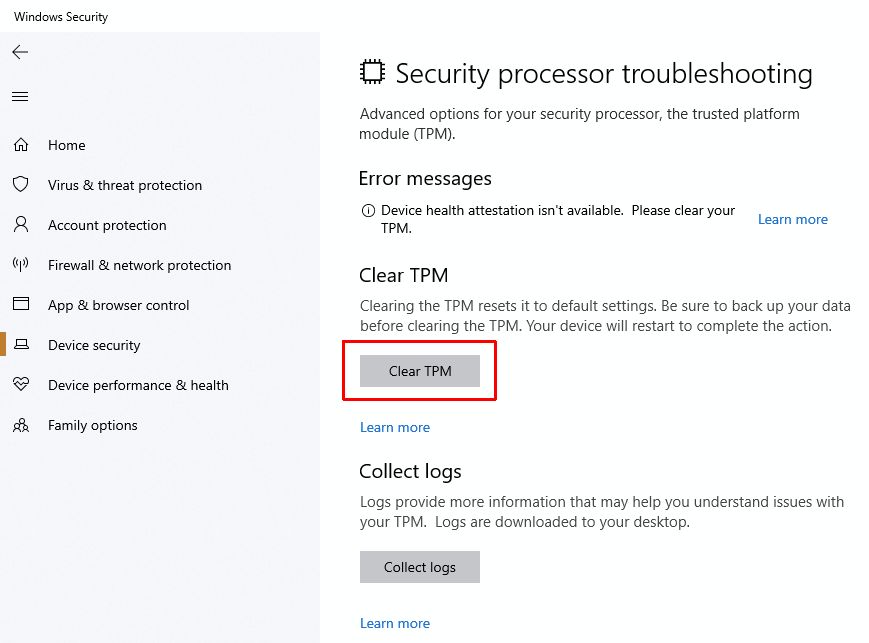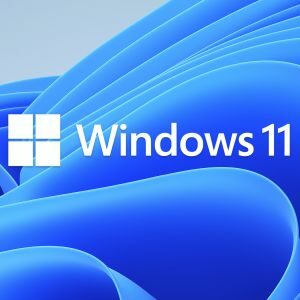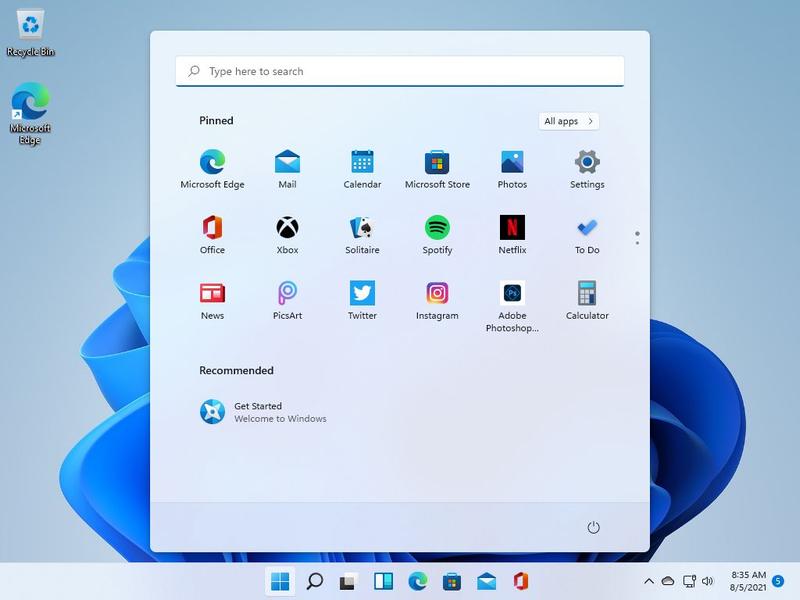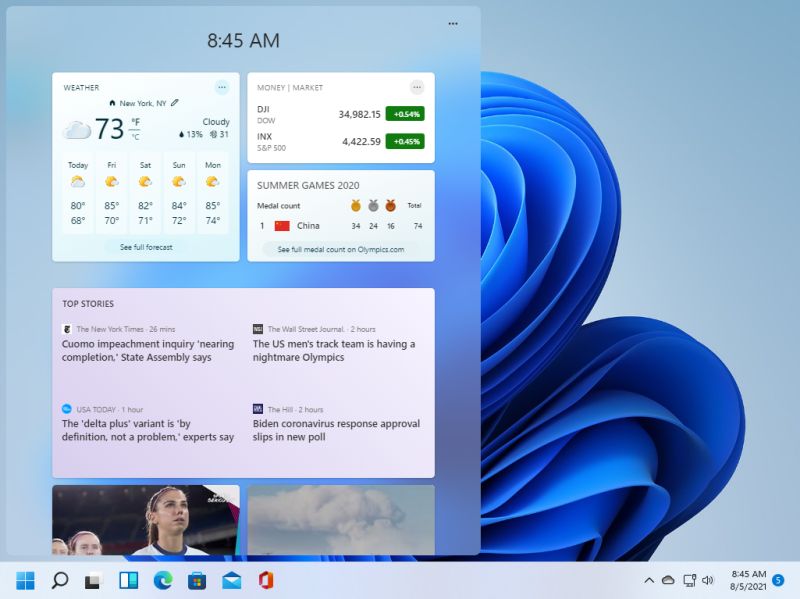When you are finally ready to upgrade from Windows 10 to Windows 11 and your system is meeting the system requirements, you can still run into issues that prevent the upgrade. The cFosSpeed Driver can prevent the upgrade to Windows 11, as the Windows Update process will report it as something that needs your attention. Essentially it states that “a service isn’t ready for this version of Windows 10”.
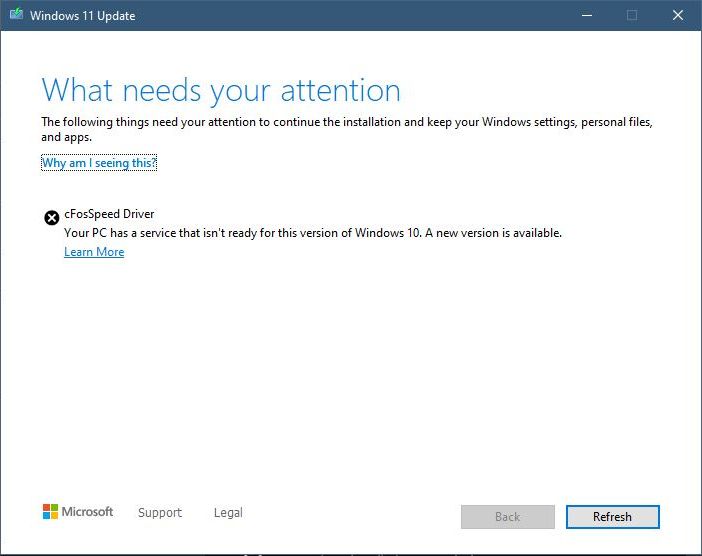
What is the cFosSpeed driver?
The cFosSpeed driver is an Internet accelerator software solution. It optimizes Internet traffic on a Windows PC by installing a driver. The traffic shaping software has some advanced network analysis and optimization integrated, but it also allows for the prioritization of streams or protocols. Great for video streaming and gaming.
How did cFosSpeed get on my system?
The solution is integrated with quite a few OEM vendors. Parties like MSI, Asus, ASRock, and Gigabyte include it in their driver bundles for their motherboards. In the case of Asus, you might know it as Turbo LAN, which is a rebranded version of the cFosSpeed software. With MSI it is part of the Dragon Center.
Fix cFosSpeed from blocking the Windows 11 Update
Considering the problem, there are two solutions to the issue with the cFosSpeed driver. The first is to update it to a version that does not block the Windows 11 update. The second option is to uninstall the cFosSpeed driver from your Windows installation.
Update the cFosSpeed driver
The first option to update the driver is to check the OEM support site for an updated version of the software that includes the cFosSpeed driver.
For Asus, check their support site and look up your model to see if a new version is available. If so, download it and install it and then try the Windows 11 upgrade again.
For MSI, download and install the latest version of the MSI Dragon Center and after completing the installation, try the Windows 11 upgrade again.
For Gigabyte you will need to download the cFosSpeed Internet Accelerator Software from their site.
For ASRock, the cFosSpeed driver is part of the XFast Lan solution. It can be downloaded from here.
The last option is to download the latest cFosSpeed software from the vendor’s site and install it. Take note that this is a shareware version, which is valid for 30 days. But it should update your cFosSpeed driver so that you can upgrade to Windows 11.
Update: the software is now owned by Atlas Tech Solutions and their latest version is 13.
If you have the original cFosSpeed software installed and running, you can click the cFosSpeed icon in the Taskbar, and then in the popup menu select Get latest version.

Uninstall the cFosSpeed driver
If the driver update did not solve your issue, and you can still not upgrade to Windows 11, the best option is to uninstall the cFosSpeed driver altogether.
Steps to uninstall cFosSpeed in Windows 10:
- Open Settings from the Start
- In the Settings window, select Apps.
- By default, Apps & features should be selected. If not, select that option in the left-hand panel.
- Now scroll down in the apps list until you see the cFosSpeed entry (it will include a version number in the name).
- Click it, and then click the Uninstall
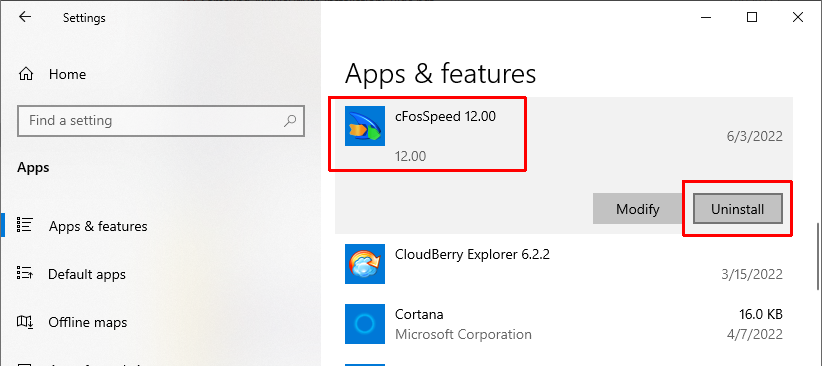
- When prompted “This app and its related info will be uninstalled.”, click the Uninstall button.
- When the UAC (User Account Control) windows pops up, click the Yes option to allow the uninstaller to run.
- Follow the instructions in the cFosSpeed Uninstall Wizard to uninstall the app.
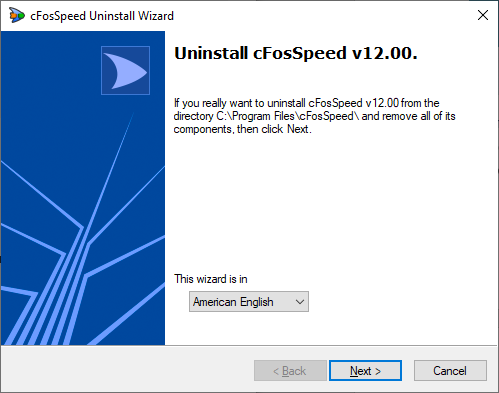
Open the network properties for an active adapter, select the cFosSpeed for faster Internet Connections (NDIS 6) entry, and then click the Uninstall button.
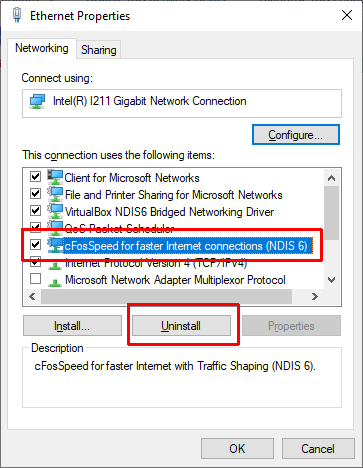
You will again be prompted for a confirmation. Click the Yes option to uninstall the cFosSpeed driver.
After completion, the entry will no longer show in the Network Properties list.
There is no need to repeat this for any other active network adapters. Once uninstalled, it will be removed from all network devices.
Note: Uninstalling the cFosSpeed software using the network option will only remove the Lan Manager component, which is the network driver. The cFosSpeed main application, if installed, will still remain. So, if possible, use the App uninstall option to uninstall cFosSpeed.
After uninstalling the software, try the Windows 11 upgrade again.
If the upgrade still fails, you may need to consider doing a fresh install of Windows 11 rather than an upgrade from Windows 10.
Make sure to also check the article about TMP drivers and how they can affect the Windows 11 upgrade.

